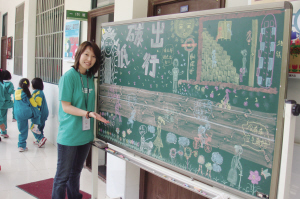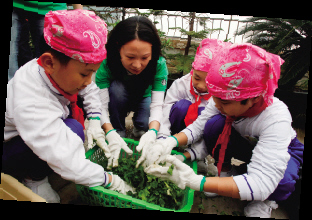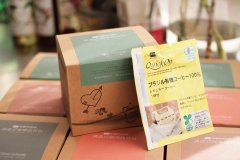What should we do with coffee grounds?
More and more people are starting to like coffee, and some enthusiasts are starting to make their own coffee at home. For many people, coffee grounds are like waste, but for Starbucks regional manager Mei, it is a treasure. Mei can't work without coffee, not even his interest, which is environmental protection. She has participated in community service activities held by London stores, distributing simply packaged coffee grounds to residents on the banks of the Thames in London for them to take home to make fertilizer or deodorant, and to explain to them the knowledge of recycling. This is the first time she has learned that coffee grounds can be turned into treasures.
Based on the experience of Starbucks Global Service month's "balcony fruit and vegetable planting" in residents' homes, Mei extended the environmental protection program to community primary schools this year: composting coffee grounds from stores, using fertilizer to grow a variety of fruits and vegetables on the roof of Shamian Primary School, and creating a "mini fruit and vegetable farm." This not only makes effective use of the school space for greening, but also allows students to participate in it and promote the concept of green environmental protection to the next generation.


Important Notice :
前街咖啡 FrontStreet Coffee has moved to new addredd:
FrontStreet Coffee Address: 315,Donghua East Road,GuangZhou
Tel:020 38364473
Related
- Beginners will see the "Coffee pull flower" guide!
- What is the difference between ice blog purified milk and ordinary milk coffee?
- Why is the Philippines the largest producer of crops in Liberia?
- For coffee extraction, should the fine powder be retained?
- How does extracted espresso fill pressed powder? How much strength does it take to press the powder?
- How to make jasmine cold extract coffee? Is the jasmine + latte good?
- Will this little toy really make the coffee taste better? How does Lily Drip affect coffee extraction?
- Will the action of slapping the filter cup also affect coffee extraction?
- What's the difference between powder-to-water ratio and powder-to-liquid ratio?
- What is the Ethiopian local species? What does it have to do with Heirloom native species?



